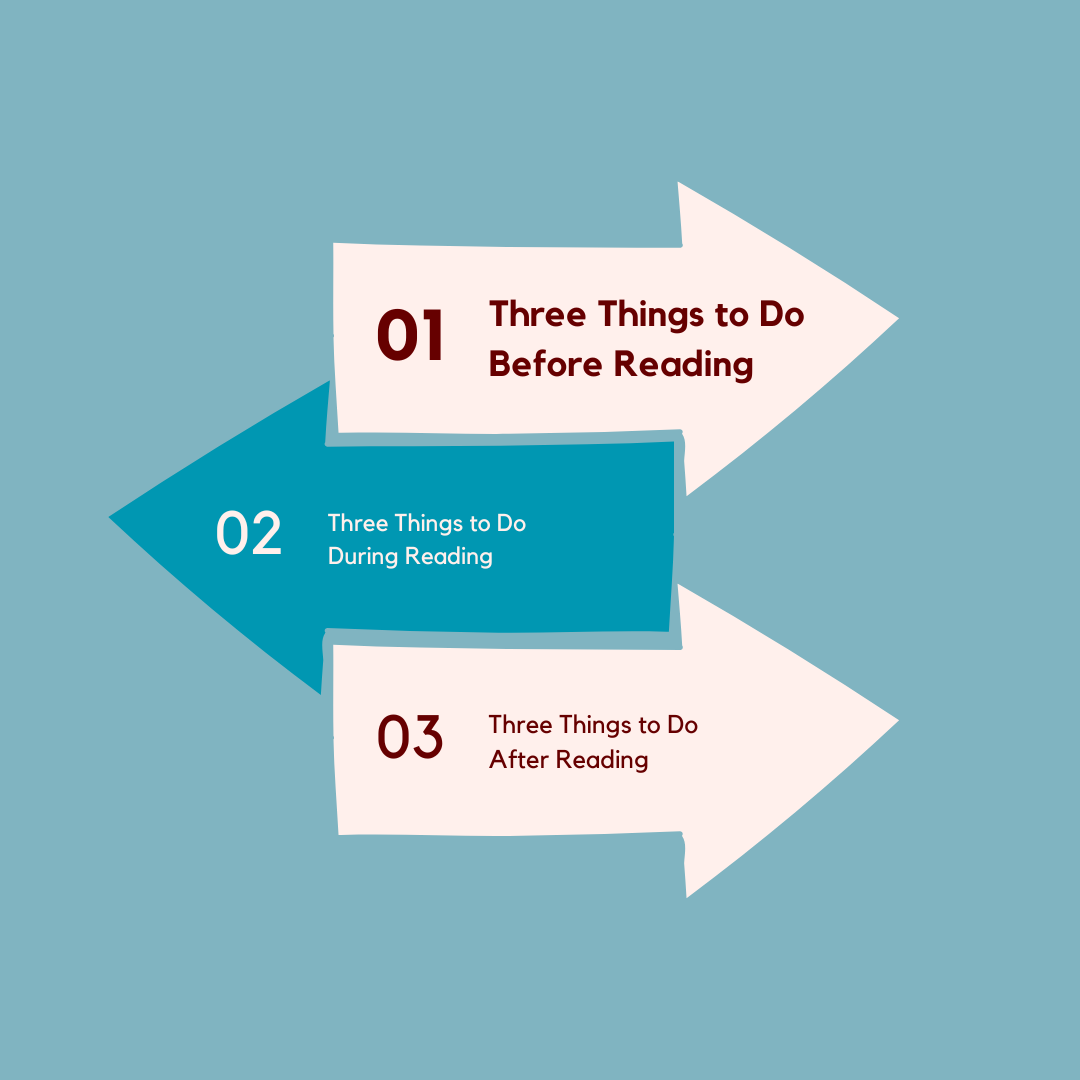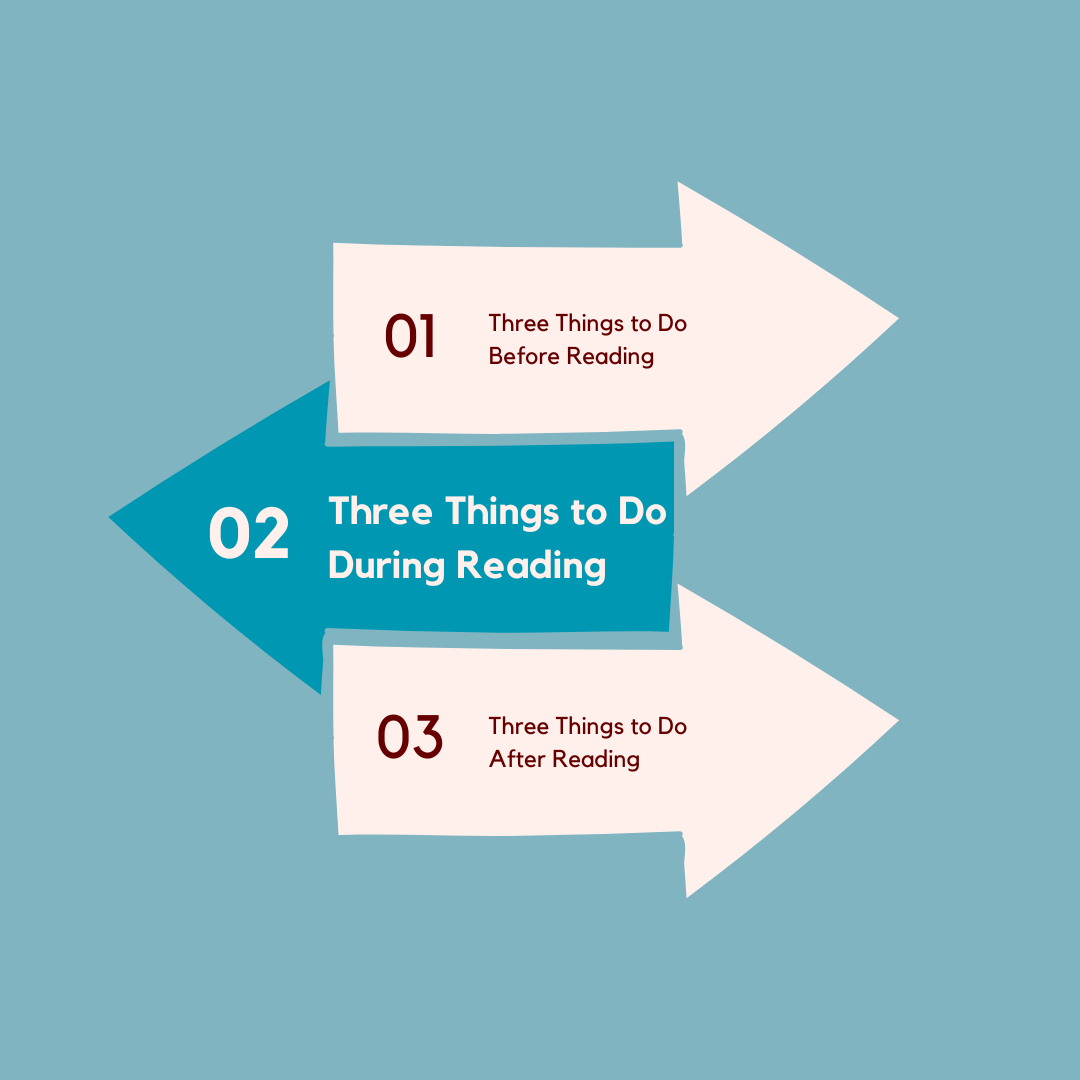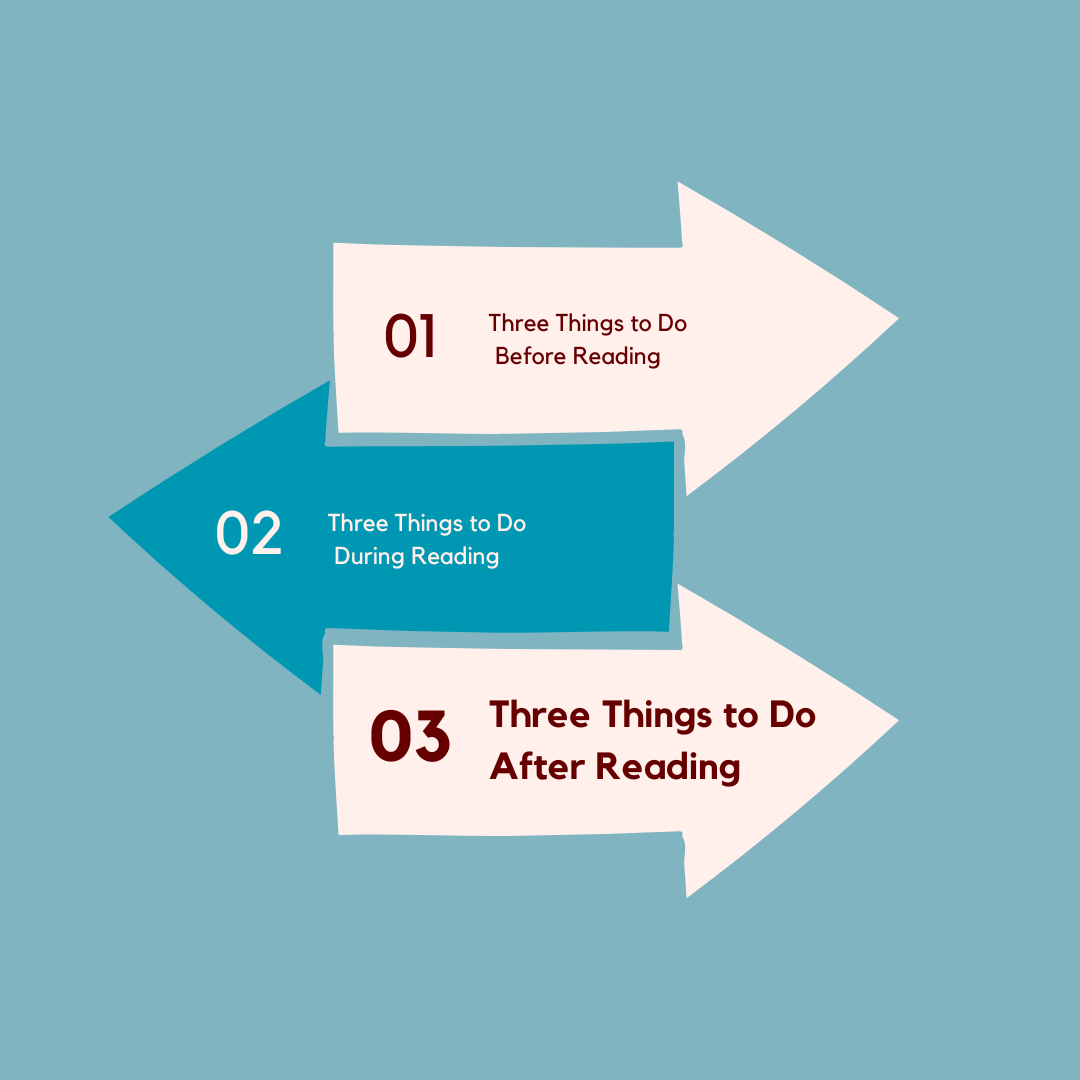Reading Comprehension: The Key to Reading with
Intention and Understanding
What is A Passive vs Active Reader?
ideas, and annotating to deepen understanding and retention.

Preview the Material:
Skim the headings, subheadings, and any visuals to get an overview of the content and structure.
Set a Purpose:
Identify why you're reading the material (e.g., to learn a concept, answer a question, or prepare for a discussion).
Activate Prior Knowledge:
Reflect on what you already know about the topic and jot down a few questions you want the text to answer.

Annotate:
Highlight key points, underline main ideas, and jot notes or questions in the margins.
Pause and Reflect:
After each section, summarize what you've read in your own words to ensure understanding.
Engage with Questions:
Ask “why,” “how,” or “what if” questions to deepen your critical thinking about the material.

Summarize:
Write a brief summary of the main points and your key takeaways.
Review Notes:
Go over your annotations and highlights to reinforce your understanding.
Discuss or Teach:
Explain the material to someone else or discuss it with a peer to solidify your grasp of the concepts.
Key Traits of Active Readers:
Engaged: They treat reading as an interactive process, not a passive one.
Curious: They seek to uncover deeper meanings and make connections.
Organized: They approach reading with strategies that keep them focused and goal-oriented.
Critical Thinkers: They evaluate the material and donʼt accept everything at face value.
Active readers essentially transform reading into a conversation with the text, ensuring they walk away with understanding and insight.
The 3 Phase Active Reading Framework
This simple framework transforms you into an active reader by helping you intentionally engage with the material at every stage, instead of passively skimming or rereading aimlessly.
Here's how:
Passive vs. Active

Pre_Reading: Plan to
Engage
- Active: You define goals, ask questions, and preview the material, which primes your brain to look for key information.
- Passive: You just dive into the text without direction, increasing confusion and frustration.

During Reading: Stay Alert & Involved
- Active: Highlighting selectively & summarizing means focusing on important ideas, not just passively skimming.
- Passive: You would read line-by-line without engaging, making it harder to remember or understand the content.

Post-Reading: Consolidate
and Reflect
- Active: Testing yourself mimics real exam conditions and locks the information into memory.
- Passive: You'd move on to the next task without reflecting, leading to forgotten details and inefficient studying.
Why It Matters
Passive reading, on the other hand, leaves you feeling disconnected and forces you to reread without improving comprehension or retention.
Active reading is about reading with intention and ensuring your effort leads to real understanding and success!
© 2025 All rights reserved.